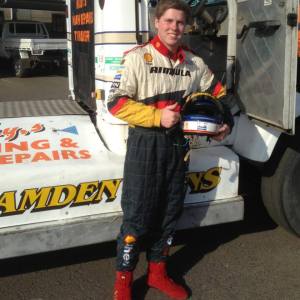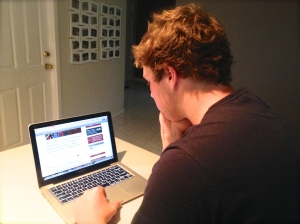Being a competitive athlete who takes part in a team sport can be such an exciting and fun career/hobby, however with it comes many additional aspects not everyone understands or realises.
From the outside it may be completely undetectable, however Tayla, 19, can often become a victim of external and internal pressures from her sport, touch football, and regularly suffers from acute anxiety. “It can be very hard. Sometimes I just want to quit.” While on the outside, it looks as if this fit young lady looks happy, motivated and talented and plays a very impressive game, being chosen for many representative teams and coaching opportunities – Tayla often wishes she could just give up. The pressure to succeed and ‘win’ by her coach is one aspect, however the pressure from her team-mates and parents can be even more overwhelming.
Jarrod, 19, plays Rugby league, and experiences similar feelings that go on behind the scenes. Everybody sees him play, whether it is a good or a not so good game, yet no one can truly appreciate how much effort and determination goes into the preparation for just one game. Hours of training, runs before work, strength training, ice-baths, and eating properly; yet no other training aspects can compare to the emotional and physiological training that comes with the sport. As quotes in the clip, Jarrod often feels as though he is missing out on life events, whether it birthdays, family lunches or just hanging out with friends. This sacrifice is often what gets him down the most. Football consumes him, “It can take over my whole life, my whole mind.” Both Teenagers have been playing footy since they could remember, and often feel like they will let everyone down if they don’t feel like playing, or don’t play well.
In the interview both subject share their football experiences with us, including what they need to do in preparation for a game, and how they can overcome fears, stress, pressure and anxiety. I was lucky enough t be able to go along to one of Tayla’s games and take some photographs, however unable to get any of Jarrod playing. However images of him in all his gear sends the same message.
Please remember to always seek help if you find yourself suffering from anxiety, stress or depression.
https://storify.com/emilybradwell/the-life-of-a-football-star









